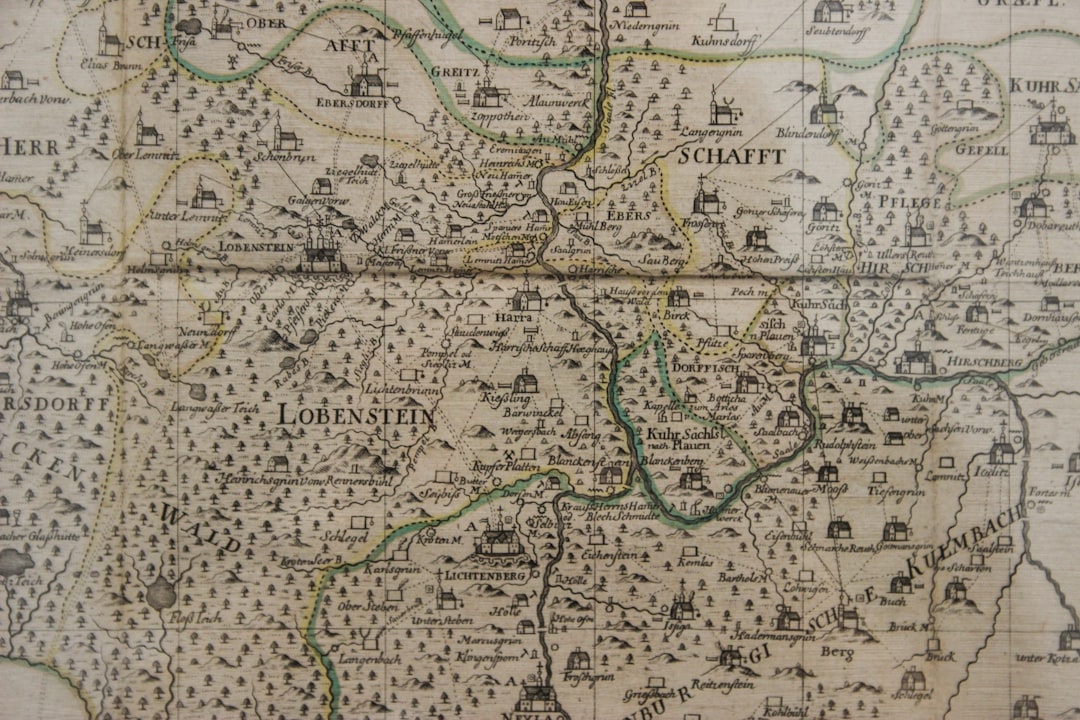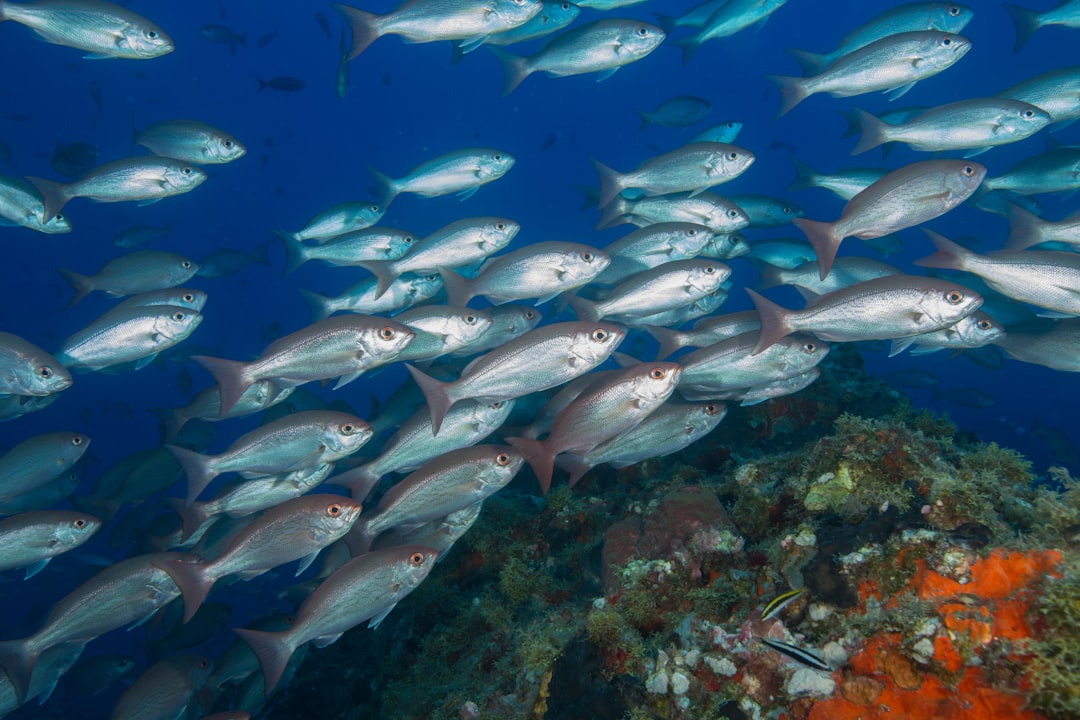What is it about?
African grazers can influence their environment in many ways. To find the effect range of grazers, we compared two model scenarios: One with wildlife grazers present, the other without grazers. We found that grazers hardly reduce grass biomass and only slightly increase tree biomass. But the grazers had a very strong effect on the fire frequency. Overall, however, grazers were not able to change the state of their environment (e.g. making a grassland a savanna).
Featured Image
Why is it important?
Since 50 years ecologists discuss about the effects of grazers on the vegetation. We wanted to make a mechanistic approach to estimate this effect. But beyond its theoretically value, this estimation can help to evaluate potential impacts of grazers in regard of climate change. Or simply to see how wildlife grazers would distribute over the African continent, if there were no humans.
Perspectives
I really enjoyed making this publication because it was very exciting to see how a mechanistic model gives quite robust results on a complex issue. I feel confident that the model indicates the right direction, but I also see that there is still a lot work to do, on the model and on the topic.
Adrian Pachzelt
Biodiversity and Climate Research Centre
Read the Original
This page is a summary of: Potential impact of large ungulate grazers on African vegetation, carbon storage and fire regimes, Global Ecology and Biogeography, April 2015, Wiley,
DOI: 10.1111/geb.12313.
You can read the full text:
Contributors
The following have contributed to this page










